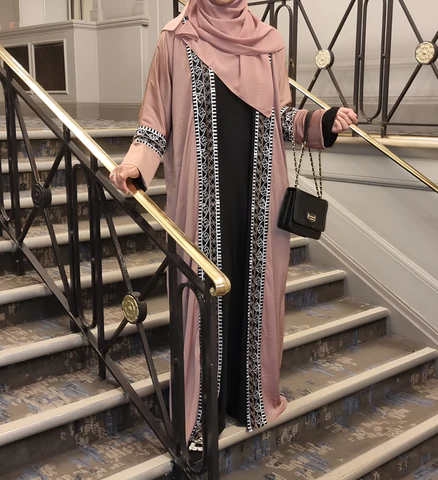The abaya is a traditional garment that has been worn by Muslim women for centuries, particularly in the Middle East. It is a long, loose-fitting gown that covers the body from head to toe and is considered an essential item in many cultures for those who seek to preserve modesty and respect cultural traditions.
The abaya has its roots in Islam, where modesty and covering one’s body is considered an important aspect of religious practice. In many Muslim societies, the abaya is a symbol of piety and devotion, and wearing one is a way for women to express their religious beliefs and cultural identity.
Over the years, the abaya has evolved from its traditional design to include a wide range of styles, colors, and materials. Today’s abayas can be simple and understated, or adorned with intricate embellishments, such as beading and embroidery.
In addition to its cultural and religious significance, the abaya is also a practical and comfortable piece of clothing. It provides protection from the elements, such as the sun and wind, and is made from breathable materials that keep the wearer cool in hot climates.
One of the most remarkable aspects of the abaya is its versatility. It can be worn on formal occasions, such as weddings and religious events, or for everyday wear. The beauty of the abaya is that it can be dressed up or down depending on the occasion, making it a staple item in every woman’s wardrobe.
In conclusion, the abaya is not just a piece of clothing, but a symbol of cultural identity, religious practice, and personal style. Whether you choose to wear one for religious or personal reasons, the abaya is a beautiful and versatile garment that has stood the test of time.
